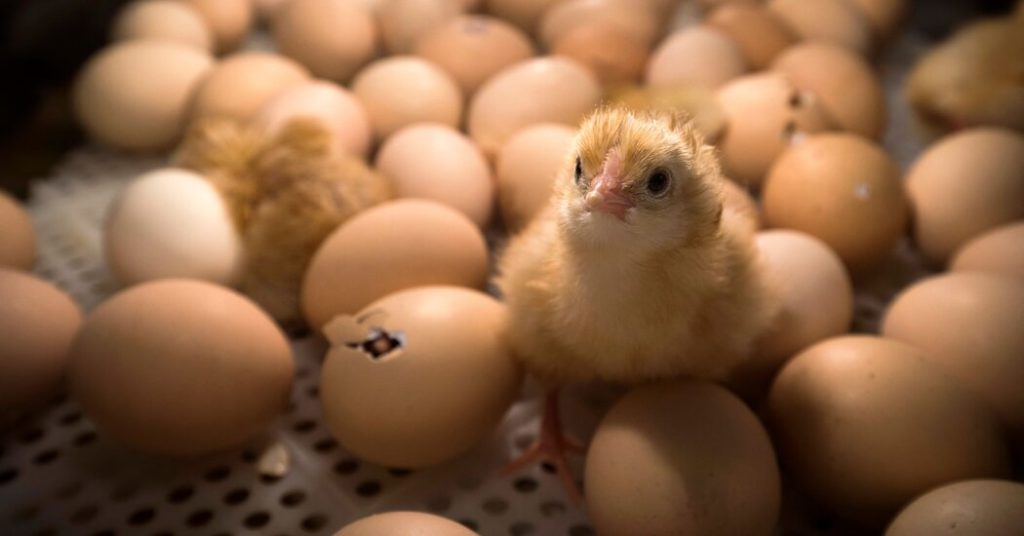The egg industry has a dark secret that many consumers are unaware of – the mass killing of male chicks. Each year in the United States alone, more than 300 million male chicks are hatched, only to be killed within a day through a practice known as chick culling. This practice is replicated globally, with an estimated 6.5 billion male chicks killed each year. However, an American egg producer, John Brunnquell, plans to begin selling eggs from chickens bought from a hatchery equipped with new technology that avoids this grisly outcome – a first in the United States.
The technology, known as in-ovo sexing, can determine the sex of a chick before it hatches, allowing unwanted eggs to be destroyed before the embryo can feel pain. Several European countries use this technology, with Germany, France, Italy, Norway, Belgium, the Netherlands, and Spain already banning chick culling or selling eggs labeled as “free of chick culling.” However, the United States has lagged behind in adopting this technology, despite a nonbinding pledge by the United Egg Producers to end chick culling by 2020.
By and large, Americans are unaware of the practice of chick culling, which has led to little consumer demand in the United States to end its use. Male chicks are deemed unnecessary in the egg production cycle since they cannot lay eggs and their flesh is not valuable. Animal rights groups have spoken out against chick culling, calling it a symptom of a broken system that disregards the suffering of sentient beings. In-ovo sexing technology, currently being used in Europe, could significantly reduce costs and inefficiencies in the egg industry by eliminating the need to incubate roughly half of fertilized eggs.
Two types of in-ovo sexing technology are currently being used in Europe, with more in development. One method involves noninvasive imaging of incubating eggs to determine the sex of the embryos, while another involves making a tiny hole in the eggshell to sample and analyze the fluid inside. Widespread adoption of in-ovo sexing could have a significant impact on the egg industry, reducing the number of male chicks that are killed each year. The Foundation for Food & Agriculture Research has also announced a prize to develop accurate in-ovo sexing technology that can be used at a commercial scale, further advancing the industry.
While the technology promises to end the practice of chick culling, there are still uncertainties about consumer demand and pricing for eggs produced using the new technique. Mr. Brunnquell of Egg Innovations is unsure how many eggs hatched from no-cull flocks he will sell, or what their price might be. However, he believes that consumer concern about male chicks being euthanized may lead people to pay a bit extra for ethically produced eggs. The adoption of in-ovo sexing technology could mark a significant shift in the egg industry, ensuring a more ethical and sustainable production process.


